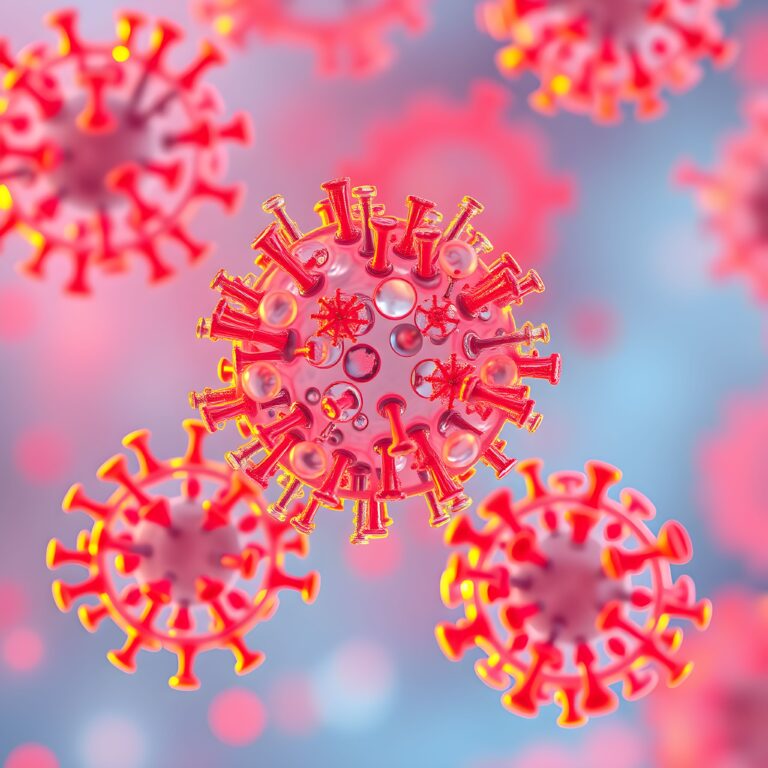Substance use disorders (SUDs) pose a significant public health concern, affecting millions of individuals globally. While traditional approaches, such as medication-assisted therapy and behavioral therapy, have demonstrated efficacy, there is a growing interest in complementary treatments that enhance their benefits. One such intervention is exercise, which has shown promise in reducing substance use and improving overall health outcomes. A recent study has provided further evidence for the potential of exercise as an adjunct treatment for SUDs.
The study, conducted by researchers at the University of South Carolina and published in the Journal of Substance Abuse Treatment, aimed to investigate the impact of exercise on substance use and related outcomes among individuals in residential treatment for SUDs. The researchers recruited 120 participants, who were randomly assigned to either an exercise or a control group. The exercise group received supervised aerobic exercise sessions for 30 minutes, five days a week, for eight weeks, while the control group continued with their usual treatment regimen. The participants’ substance use, mood, and physical activity levels were assessed at baseline, four weeks, and eight weeks.
The results of the study showed that the exercise group had a significant reduction in substance use compared to the control group. Specifically, the exercise group had fewer days of substance use, lower severity of substance use, and greater improvements in mood and physical activity levels. These findings are consistent with previous studies that have demonstrated the benefits of exercise in reducing substance use and promoting overall well-being.
The researchers suggested that exercise may reduce substance use by improving mood, reducing stress and anxiety, and providing an alternative and healthy coping mechanism. Exercise has also been shown to promote the release of endorphins, which are natural mood boosters that can help alleviate cravings for drugs and alcohol. Furthermore, exercise can improve physical health, which is often compromised in individuals with SUDs, and promote a positive self-image and self-esteem.
The findings of this study have important implications for the treatment of SUDs. Integrating exercise as a complementary treatment may enhance the efficacy of existing interventions and promote overall well-being. Exercise may also be a feasible and accessible intervention that can be easily incorporated into treatment regimens. However, the researchers cautioned that more research is needed to determine the optimal duration, intensity, and type of exercise that would be most effective for individuals with SUDs.
In conclusion, the study provides further evidence for the potential of exercise as an adjunct treatment for SUDs. Exercise has numerous benefits for physical and mental health and may help reduce substance use by providing a healthy coping mechanism and promoting a positive self-image. Integrating exercise into treatment regimens may enhance the efficacy of traditional interventions and promote overall well-being. Further research is needed to determine the optimal exercise regimen for individuals with SUDs, but the evidence so far suggests that exercise is a promising intervention that warrants further investigation.












